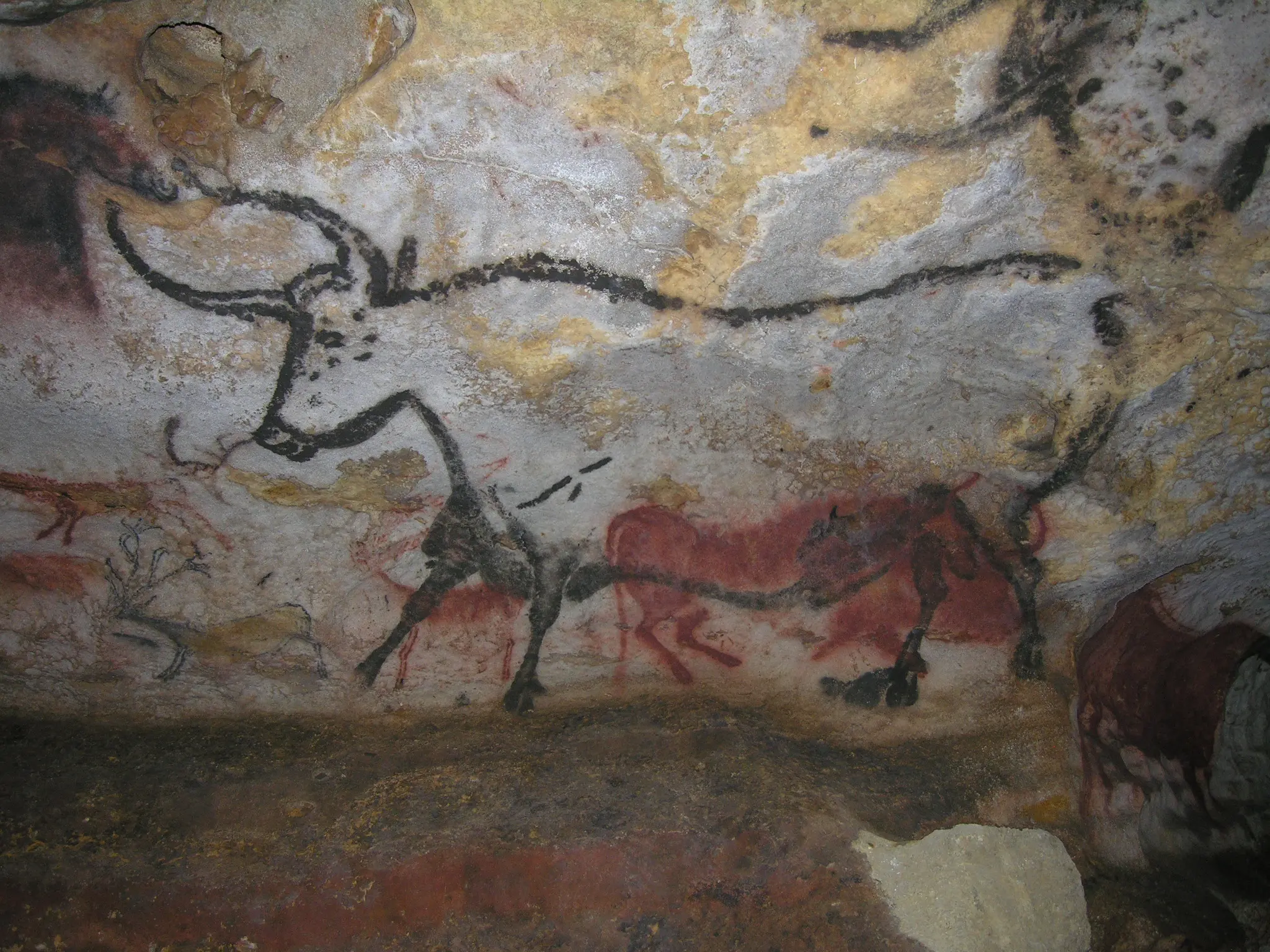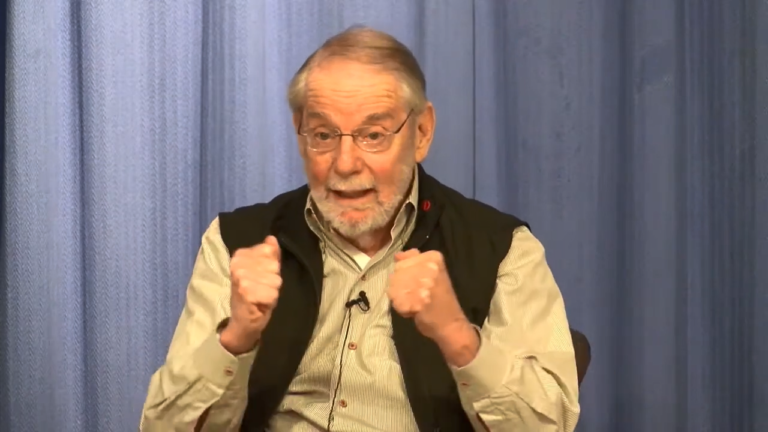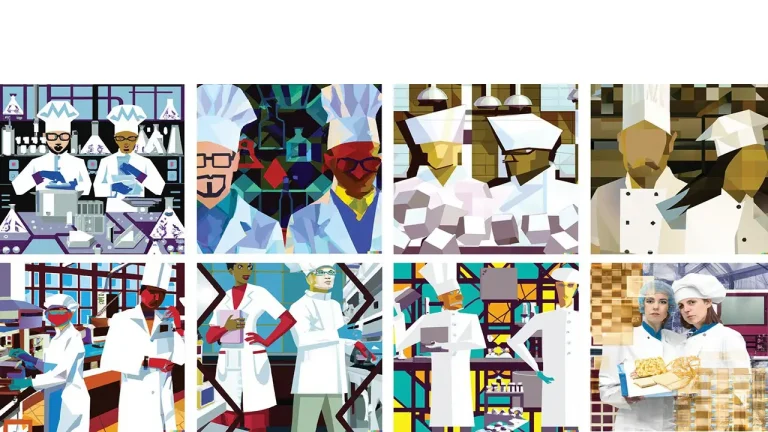What Trade Groups Can Learn from Cave Drawings
With brand journalism, industry and professional associations can tell compelling stories that draw a crowd
Communicators at trade and professional associations face unique challenges. You’re representing an entire industry, responsible in large part for its reputation among a wide array of important audiences — including policymakers and the media.
Your portfolio includes significant education and advocacy communications, serving internal clients like government relations and research, both of which demand a high volume of message materials month in and month out.
And unlike many comms pros, your bosses look to you to demonstrate value to those who pay the dues that pay your salaries — and those members rely on you to help them do their jobs and advance their careers.
It’s a lot.

Fortunately, you have at your disposal a time-tested way to achieve many comms objectives while reaching multiple audiences: storytelling. Since we were huddling around fires at night sharing what we hunted and gathered that day, human beings have been hard-wired to pay close attention to emotionally compelling tales of people struggling to reach a goal.
Neuroscientists tell us that stories activate parts of our brain associated with focus, empathy and motivation — but those brain parts stay dormant when exposed to straight information, like numbers. Not surprisingly, cognitive scientists have found that information conveyed in a story is up to 20 times more likely to be remembered.
How Brains Work
When you tell compelling stories, you take advantage of how people’s brains work. You stand a chance to break through the din of incoming messages and online distractions competing for your audiences’ attentions. And you increase the odds that you’ll have an impact, because the emotional connection that stories create are essential to persuasion and motivation.
What’s the best way to ensure that storytelling drives your association’s communications efforts? Assume control over your own stories – and deliver them directly to your audiences. We call that brand journalism.
Brand journalism means your association buys into storytelling as a core principle, organizing your comms team around identifying, reporting and producing interesting stories that show (not tell) what your organization is doing and what it believes.
Brand journalism is especially worthwhile for associations because of their disparate audiences: Elected officials, policymakers, members, trade media, academics, consumers, business leaders in related industries, and staff. They are all human beings innately inclined toward stories. A single compelling story that demonstrates an important point — say, about one of your policy priorities — can reach all of these audiences at once.
With brand journalism, your comms team focuses on developing compelling stories rather than churning out different message materials for each audience. Many of those materials – press releases, brochures, bland web copy – are ineffective in an instant, social-media, video-fueled digital world.
Three Main Ways
Why “journalism”? Because journalists are trained to identify, report and produce compelling stories. If they don’t attract an audience, they fail. The journalism field has developed methods for doing exactly what we want to do as communicators. With brand journalism, we adapt those methods to brand communications, in three main ways:
First, we organize ourselves into a newsroom, with reporters who find, report and produce stories (text, video and infographics) and editors who supervise, strategize and ensure high quality. We hold news meetings to discuss potential stories, brainstorming how best to tell them. We write interesting headlines and add compelling images with every story.
In short, we stop taking orders — a press release here, some talking points there — and start taking charge, devoting our talents to what professional communicators should be doing: informing, persuading and motivating audiences.
Second, we truly report our stories. Journalists don’t settle for rewriting releases — well, the good ones don’t. And brand journalists don’t simply rewrite the basic info they’re handed by colleagues. They read background information, so they really understand what they’re talking about. They interview people, collecting relevant quotes and anecdotes. They visit places, noting fascinating details. They ask questions: “What’s this story really about? What would grab the audience’s attention up front? Why should anyone care?”
Third, we deliver these compelling stories to our audiences in entertaining, easy-to-access ways. Brand journalism lives on an inviting online news site that uses best practices in web design to attract and retain visitors. We attract visitors by using existing channels — social media, email newsletters, earned media pitches, internal comms — that sometimes repurpose all or part of our stories but always link back to the original content.
In today’s world, we must not only reach our audiences, but grab their attention and use it wisely. Stories are the way — and brand journalism empowers associations’ comms teams to make storytelling work, for every message and for all audiences.
Nick Lanyi is a consultant with Ragan Consulting Group who specializes in brand journalism, public affairs, crisis communications and media relations.
Contact our client team to learn more about how we can help you with your communications. Follow RCG on LinkedIn and subscribe to our weekly newsletter here.







